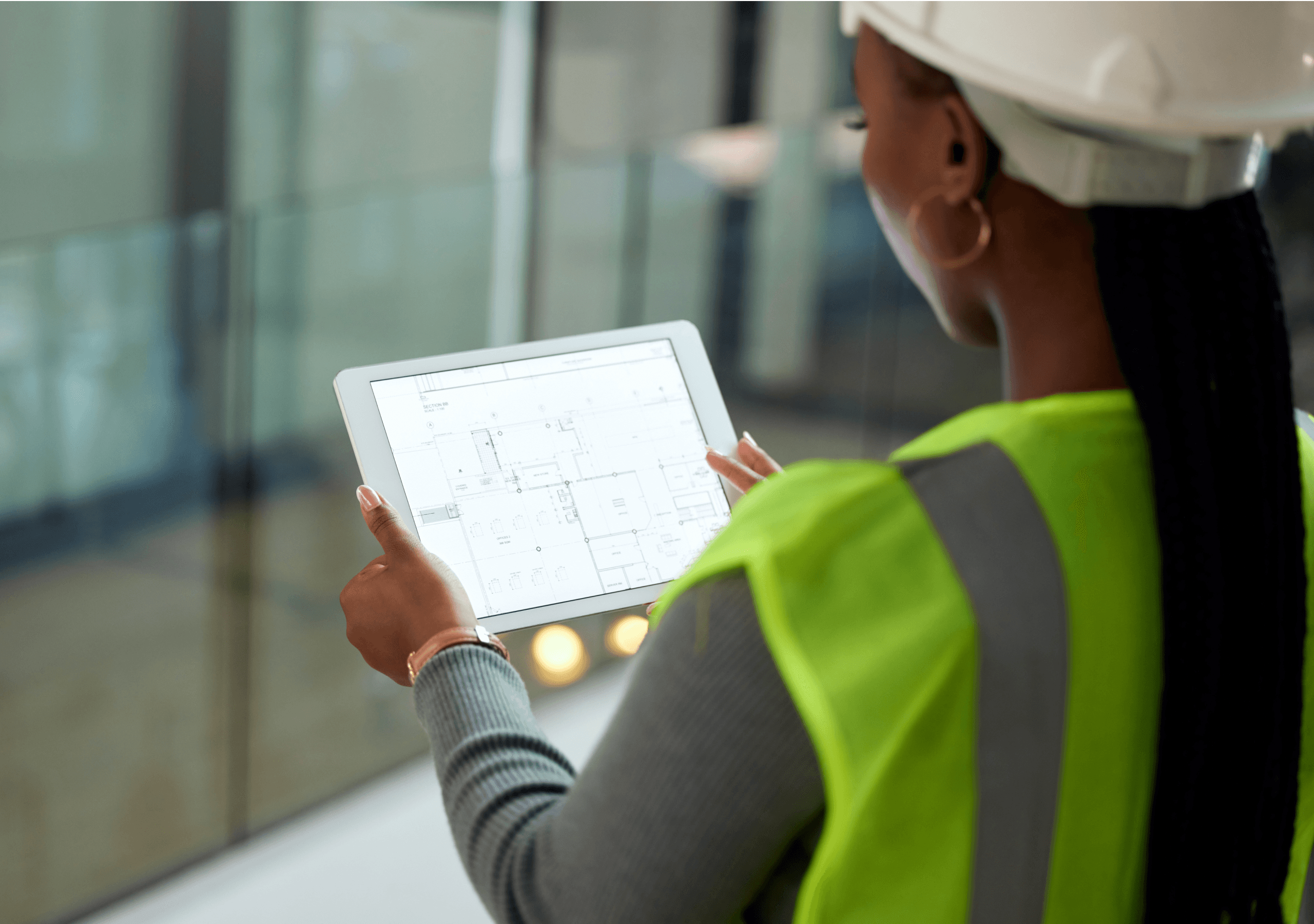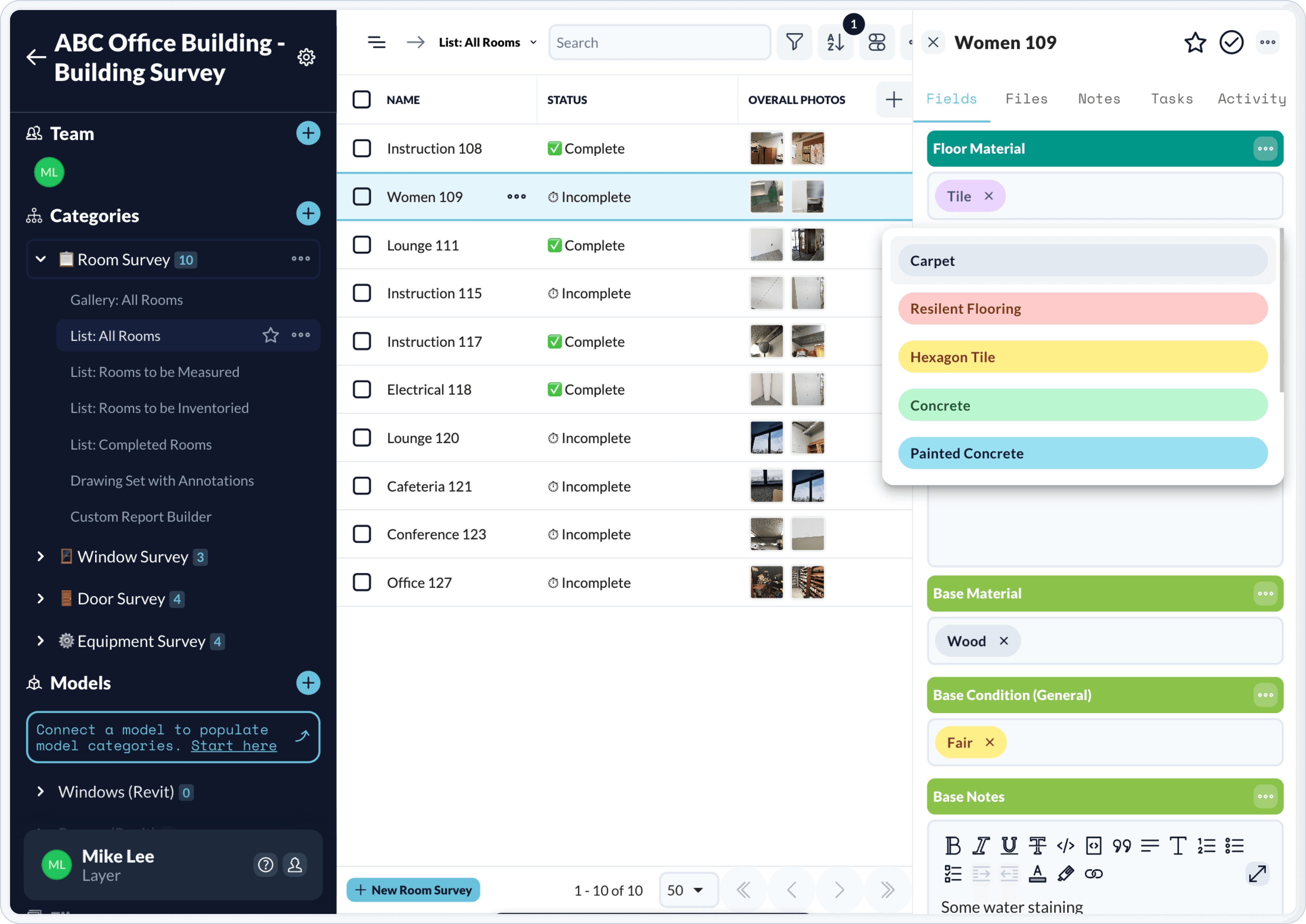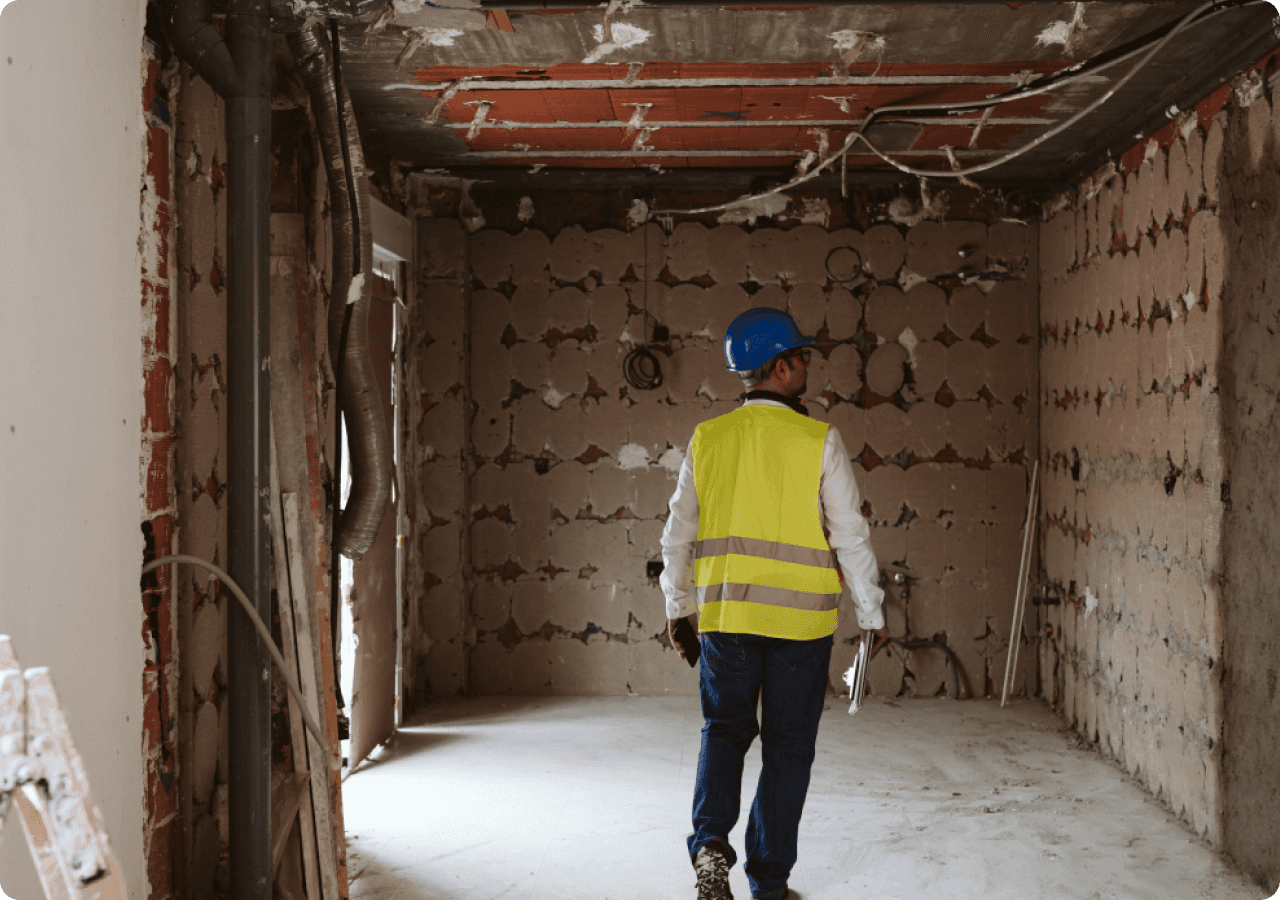Mike Lee
Updated: Jan 18, 2023
The Building Survey Process Explained
a building survey is a quantitative examination of a building's condition, structure, or overall integrity. Building surveys are carried out by qualified and experienced professionals, such as chartered surveyors or structural engineers.
First, what is a Building Survey?
In Architecture, Engineering, and Construction (AEC), a building survey is a quantitative examination of a building's condition, structure, or overall integrity. Building surveys are carried out by qualified and experienced professionals, such as architects or structural engineers.

The purpose of a building survey is to qualitatively assess the physical condition of a property.
This differs from a Building Assessment which focuses instead of quantitatively assessing the condition of a property, it's equipment, and building systems.
Building surveys typically cover structural elements, foundations, walls, roof, floors, plumbing, electrical systems. They also often may cover the furnishings, fixtures, or equipment (FF&E) inside the building. In residential construction, the term "Building Survey" may also be synonymous with the term "Structural Inspection." Inspections vary, but typically involve a visual inspection of accessible parts of a building, including walls, floors, windows & doors, roofs, chimneys, cellars, garages, and other buildings included with the property.
Items surveyed will depend on client requirements or project goals
There are different types of building surveys, ranging from visual inspections to more detailed and testing of systems and structures. The items that are examined will depend both on the specific needs of the client as well as the property's age and complexity. For instance in New York City, buildings over 6 stories tall have exterior walls and any attached structures inspected every 5 years and a report filed with the city electronically.

New York City's FISP (Facade Inspection Safety Program) is designed to ensure the safety of residence from pieces of facade or other items falling due to poor repair.
In the commercial sector, you may encounter terms like "Architectural Survey" or "Existing Conditions Survey." Regardless of the type of property or the complexity of your project, all building surveys follow roughly the same process:
The professional that is conducting the survey travels to the site in question, then thoroughly examines the property to identify any defects, damage, or areas requiring maintenance or repair. After the on-site process, the surveyor may work with other's to consolidate all of the notes and photos captured. This will be used to create a comprehensive report for the property owner, potential buyer, and/or their AEC or Real Estate team to work from.
Step 1: Understand the Purpose of Your Deliverable
Before stepping foot on site, an AEC professional must understand the purpose of the final deliverable. The deliverable is dictated by the project's scope.
Common reasons for a property owner to request a building survey include:
To document the property's condition and highlighting areas needing renovation or improvement to inform the architecture team during design of expansions or renovations
Determination of structural decay issues, rot, or other physical liabilities
Presentation of conservation or maintenance recommendations
As required by safety regulations, a local Authority Having Jurisdiction (AHJ), or other ordinances
To support capital planning to make informed decisions between portfolio properties
To inform the ops team or prepare maintenance and operations (MRO) budget.
Building surveys may also be conducted for stakeholders beyond design or operations teams
The two most common reasons are:
Litigation
Building surveys can be valuable in legal and financial contexts. They may inform property transactions, negotiations, insurance claims, and legal disputes related to property conditions. In these cases, the deliverable typically focuses on neutral and informed observations from the site.
Real Estate Transactions
For property buyers, understanding a space's true condition allows them to make the most informed decision possible. For instance, when purchasing a home, you may request a homebuyer report. Often a property assessment is conducted instead of a building survey.
Step 2: Design the Survey Process
Before designing your survey, you need a list of areas to survey. This may be as simple as a list of rooms or could include multiple existing buildings and structures. Surveys are typically conducted in one of three ways:
Pen & Paper
Laptops on a wheeled cart
Mobile App
Depending on the complexity of your survey, it may make sense to choose one of these methods over another. For instance for surveys of smaller structures and minimal complexity, using a notepad may make the most sense. However for larger projects, it almost always is a better strategy to employ some type of software to organize your observations and notes.
Here are some pros and cons to help you decide:
Pen & Paper
✅ Pros
It's simple, almost free, and fast to get started.
❌ Cons
Records are not digital and will need to be retyped.
Not everyone's handwritten notes are legible.
If the original records get damaged or lost you may have to revisit the site.
Laptops on a cart
✅ Pros
Records are created digitally and can be copied into final reports instead of retyped.
It is typically faster to type observations than write them by hand.
❌ Cons
Laptops are bulky and can be difficult to carry around a site.
Photos taken on a camera or phone are not associated with the area they were taken in and may need to be consolidated back in the office.
Mobile Apps such as Layer
✅ Pros
It's simple, inexpensive, and fast to get started.
Photos are automatically linked to the location in the structure.
Observations are already categorized and linked to the space you observed them in.
Your reports are automatically generated, no copy & paste required.
❌ Cons
Your colleagues might get jealous you completed your survey and generated the client reports before they could even make it back to the office.
Step 3: Create the right questions for the survey
To ensure high-quality data, design questions that result in answers that can be easily parsed. For instance, use a multiple-choice option instead of free text for a question like "floor material." This will allow you to more easily report on informations and findings from the time spent on site.

Common information collected during a building survey may include:
Evaluation of Condition: Review the condition of doors, windows, walls, and flooring. Are they in good condition, in need of replacement, or somewhere in between? It’s essential to match your survey conditions against your scope, which may include options like "Like New," "Satisfactory," and "Needs Replacement."
Identification of Structural or Facade Issues: Depending on your scope, assess the integrity and functionality of structures.
Defects and Discrepancies: Identify specific defects, discrepancies, or potential life safety hazards, such as dampness, rot, mold, insulation problems, or the presence of hazardous materials like asbestos.
Recommendations: Provide recommendations for addressing any issues identified during the survey, including necessary repairs, maintenance, or further investigations.
Cost Estimates: Include cost estimates for repairs or improvements to help owners or buyers prepare for future expenses.
Step 4: Prepare for the Site Visit
Once your questions are ready, it’s time to schedule the site visit(s). This may be an informal visit or, for large projects, require scheduling in advance.
Double-Check The Essentials:
Personal Protective Equipment (PPE): Will the site require you to bring steel toe boots, a high-vis vest, hard hat, and safety glasses? for most active construction sites. For industrial facilities, you may need specialized equipment like fire-retardant clothing or fall protection.
Permits, ID, or Certifications: Many sites require at least a valid government-issued photo ID to gain access. Specialized sites may require safety school cards or certifications for dangerous or hard-to-reach areas.
Specialized Equipment: If needed, bring equipment such as scanners, drones, or cameras, and review specialized procedures required for their operation. Remember to charge everything the before heading out to the facility. Nothing is worse than reaching your destination to figure out that you will need to sit around for an hour or two while items charge.
Step 5: Organize and Present the Data
After collecting the data, it’s time to make it useful. If you conducted your survey with pen and paper, organize your notes into a spreadsheet with links to a file folder to categorize your observations and photos.
If you conducted the survey using Layer, simply print the pre-formatted documents, export them to PDF, and send them to your client!





